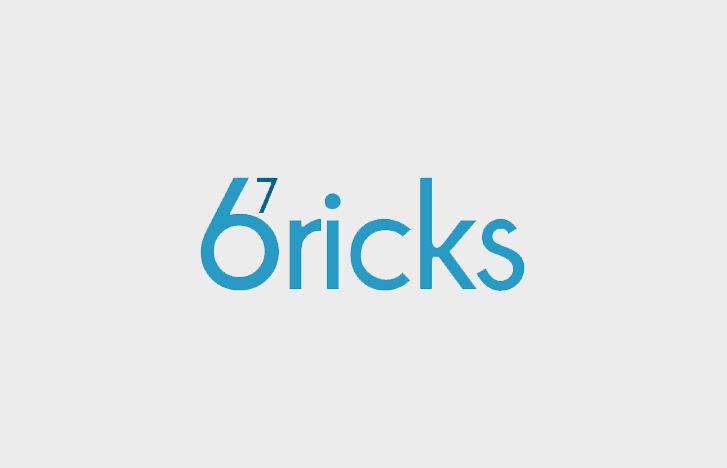
John Wiley & Sons Inc., a global leader in research and education, continues to innovate its publishing business, announcing today two technologies that advance how scientific research is published, delivering greater value to researchers.
First, the company’s publishing platform provider and subsidiary, Atypon, has successfully piloted its interactive figures technology in the International Journal of Quantum Chemistry, publishing the first scientific articles designed exclusively to leverage the multimedia nature of the web.
“Nearly half of the world’s peer-reviewed research flows through Atypon’s Literatum publishing platform,” says Jay Flynn, Chief Product Officer, Research at Wiley. “Interactive figures technology is helping create a truly digital and dynamic scientific article, just for the web, that gives researchers and the general public a faster, more hands-on way to learn and advance science.”
Wiley’s International Journal of Quantum Chemistry (IJQC) is the first scholarly publication to feature Atypon’s interactive figures technology, which is slated for release late next year. IJQC is publishing computational articles featuring interactive 3D molecular visualizations that let readers rotate, zoom and interact directly with chemical structures. These articles also feature fully interactive, zoomable graphs, which makes visualizing data at scale much easier for scientists. These highly nuanced data visualizations integrate researchers’ source code and lab notebooks to significantly improve a study’s transparency and its reproducibility.
With the expansion of its Transfer Desk Assistant (TDA), Wiley provides alternative options for authors to publish their study when their first journal of choice does not accept their manuscript. Authors may select the TDA feature which will guide them through the process of submitting their manuscript to other relevant journals, making it easier for them to publish their work, provided it is sound. Using AI technology, the TDA maps manuscript content to the aims and scope of participating titles across Wiley’s portfolios to reveal new journal options for authors interested in resubmissions.
“To date in 2020, journals published by Wiley have received more than 621,000 submissions, with159,000 of those articles accepted for publication, and that means a substantial amount of very good research is not being published,” Flynn adds. “When the original journal is not the best option for that research, the Transfer Desk Assistant simplifies the resubmission process so that quality science reaches a similar title.”
More than half of all journals published by Wiley now participate in an automated transfer network like TDA, or an editor-driven referral network where the editor who rejects a study recommends another title to the author for resubmitting the manuscript. In fact, our customer survey data show that researchers are pleased with the TDA and editor referrals, with uptake of transfers at 50% or more in some subject areas. By expanding the TDA to more journals, we expect the percentage of authors taking advantage of this service to climb.
Overall, Wiley continues to advance scientific discovery, publishing more than 185,000 articles from January to October 2020, representing an 11% increase over the same time period in 2019. In addition to interactive figures and transfer networks, Wiley’s acquisition ofMadgex, which delivers career center tools to research communities, and our agreement with ResearchGate to support principled content sharing and collaboration among researchers, are examples of how we accelerate the creation and distribution of knowledge—something that ultimately has a positive impact on society at large.























